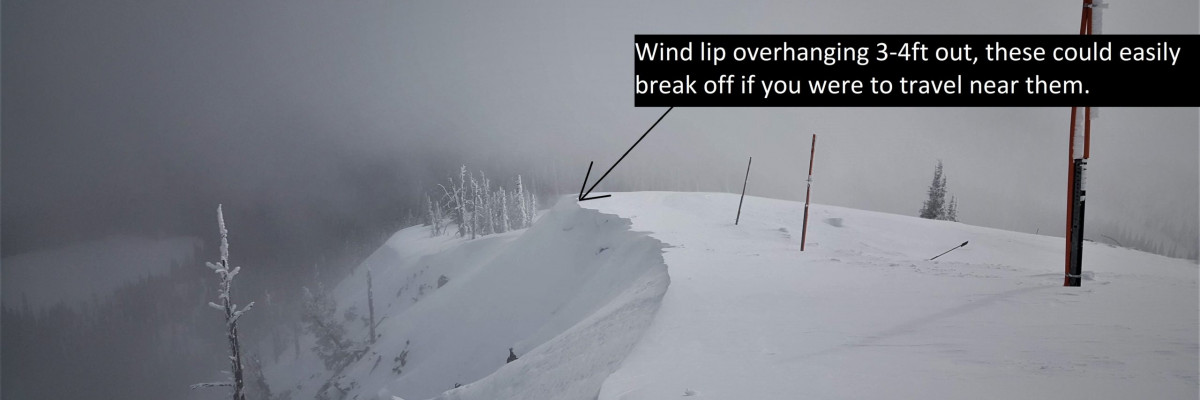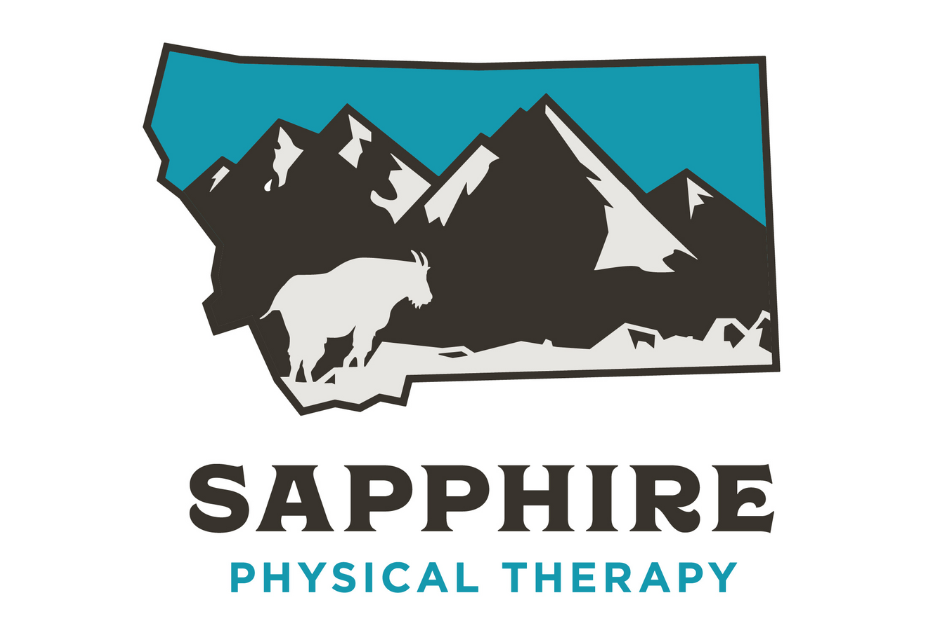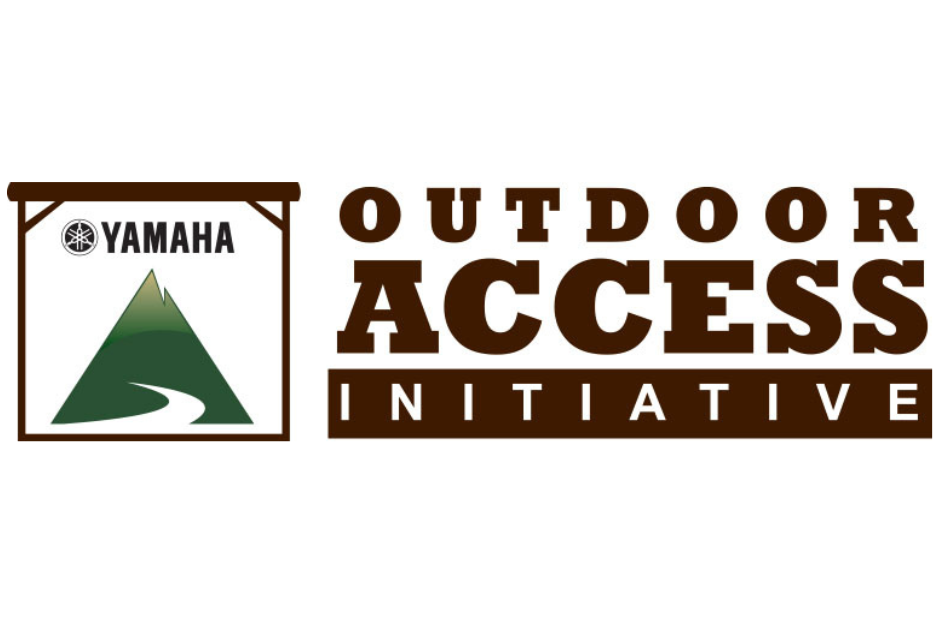The avalanche danger in the west-central Montana backcountry is MODERATE. New snow and winds have created avalanche conditions.
Good Morning. This is Travis Craft with the West Central Montana Avalanche Center advisory on Thursday, March 25, 2021. This advisory does not apply to operating ski areas and expires at midnight tonight. The USDA Forest Service is solely responsible for its content.
Weather and Snowpack
Temperatures range from 23 to 29 degrees this morning. Over the last 24 hours, .3 to .7 inches of SWE have been recorded. Winds will be gusting into the 20’s today.
Yesterday, we found that the new snow was not bonding well to old snow surfaces. The new snow has fallen on slick crusts. We found facets in the upper third of the snowpack that should be investigated before committing to any steep terrain. We found wind slabs that were sensitive to human triggers on leeward slopes.
The new snow yesterday was easily triggered and ran long distances as sluffs. Use test slopes to see how the new snow is bonding to old snow surfaces. Terrain traps such as gullies concentrate the depth and strength of these slides. Obstacles such as cliffs or rocks will increase the likelihood of trauma. Today with more loading look for these sluffs to gain consolidation and create storm slabs. Cracking from skis or machines will be good indicators of this problem.
Winds have created small to large wind slabs on ridges and start zones. Shooting cracks are a sign of instability.
Facets are in our snowpack buried in the top third of the snowpack. Not reactive yesterday, but should be investigated with more loading today.
Cornices and glide cracks will be with us for the rest of the season. These are two unpredictable avalanche problems. The cornices remaining after the warmth are a hazard. This hazard will increase with warmth, sun, or rain. Give them a wide berth above and stay out from underneath. Glide cracks will have opened and accelerated with the warmth. While slowed, they are still opening despite cold temperatures as the ground beneath the snowpack remains unfrozen. They can fail unexpectedly, creating full-depth avalanches. Stay off slopes where they are present.
Bottom Line
Use caution today and do your homework before committing to steep terrain. Seek slopes sheltered from the wind. Use small test slopes and hand pits to check new snow depth and bonding to old snow surfaces. Dig a pit. Pay attention to terrain traps. Search for instabilities, not stability. Reassess conditions throughout the day and stay alert for signs of instability. Look for red flags. Carry a beacon, shovel, and probe.
Public Observations
Thank you to everyone who has taken the time to send in a public observation. Please keep sharing what you find and see while out in the backcountry. You can now text us your observations to (406) 219-5566 when you don’t have time to fill out the observations page.
Ski and ride safe.
